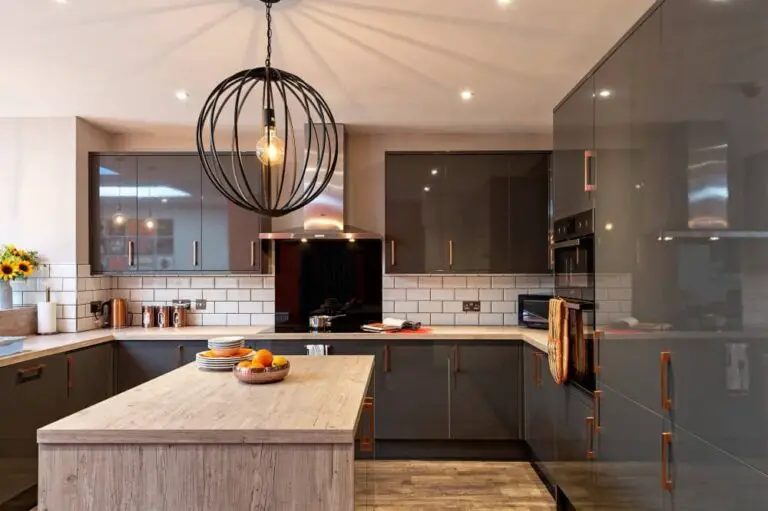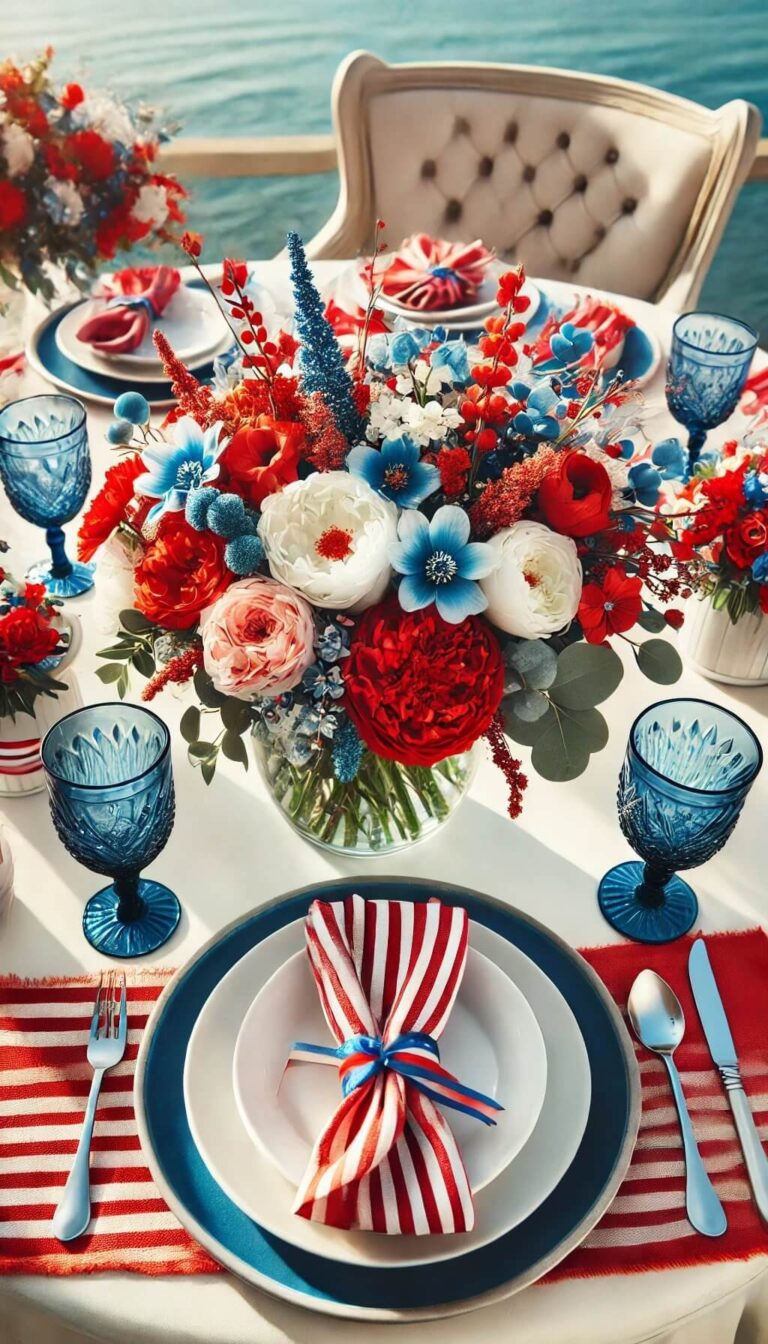13 Bathroom Door Alternatives To Traditional Doors
Looking for a way to add some personality to your bathroom without breaking the bank? Consider ditching traditional doors and opting for one of these 13 creative alternatives instead! From sliding barn doors to fabric curtains, there are plenty of options to choose from. Whether you’re looking to make a bold statement or simply want to add some visual interest to your space, we’ve got you covered.
In this article, we’ll explore all the different ways you can say goodbye to traditional doors and hello to a unique bathroom experience.
Bathroom Door Alternatives to Traditional Doors
Barn Doors.
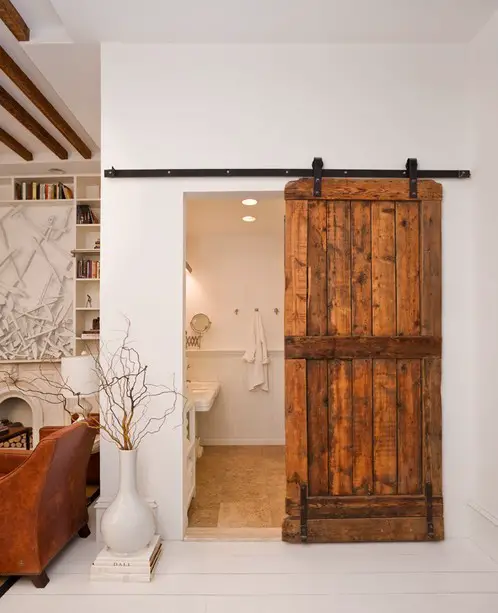
Adding functional and stylish elements to our homes is always a priority. Barn doors are no exception. Originally used for farmhouses and rustic settings, these versatile doors have evolved to suit modern interior designs. With their ability to provide both function and style, barn doors can seamlessly integrate into any home. The versatility of barn doors lies in their adaptability. They can be used as internal doors to separate rooms or create private spaces within open-concept floor plans.
Moreover, they can serve as closet, pantry, or even entryway doors. If you’re seeking an alternative to traditional bathroom doors, barn doors are an excellent choice. When contemplating the incorporation of barn doors into your bathroom, consider the following key aspects:* Privacy: Barn doors can offer an added layer of privacy when needed. For instance, in a bathroom with an adjoining bedroom, closing the door provides solitude while getting ready or relaxing.
* Functionality: Barn doors are multi-purpose and can be used to separate rooms, create private spaces, or even replace traditional entry doors.* Style: With various styles available, you can customize barn doors to match your existing décor. From rustic charm to modern sleekness, there’s a style that suits every taste. The benefits of barn doors include:* Uniqueness: They make a statement and add character to any room.
* Space-saving: Barn doors can be an effective solution for small rooms, maximizing space while maintaining functionality. However, it’s essential to consider the drawbacks as well:* Cost: Barn doors tend to be more expensive than traditional options.* Installation: In some cases, hiring a professional installer may be necessary due to their unique design and requirements.
Bead Doors.
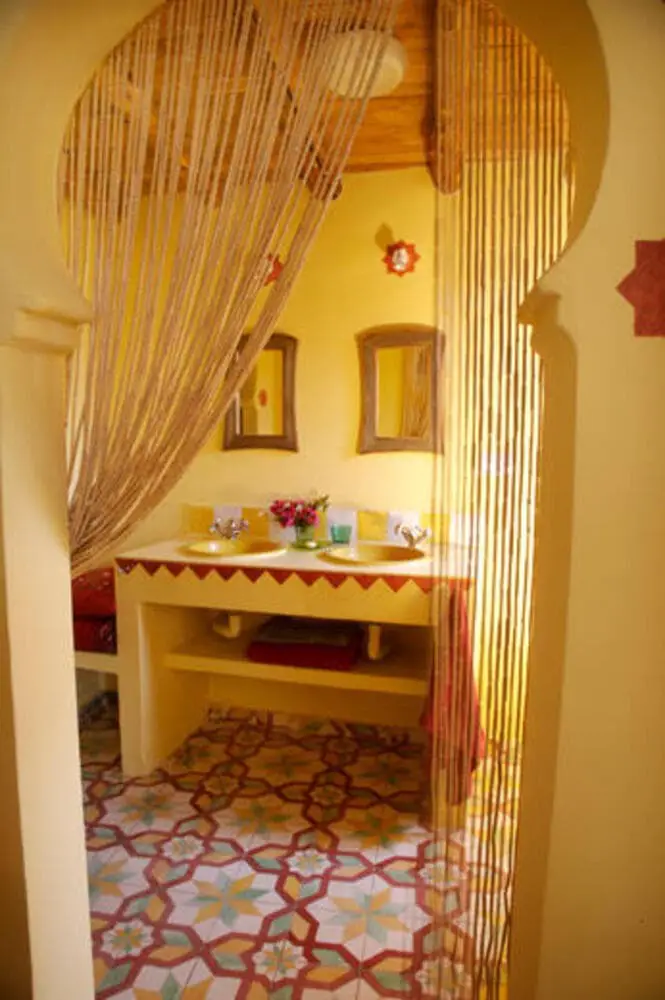
Bead doors offer a unique alternative to traditional bathroom entrances. These innovative doorways are comprised of strands of beads suspended from a doorway hook or rod. Bead doors can be crafted from a variety of materials, including wood, plastic, and metal, allowing for versatility in design. They provide an elegant solution for adding privacy to a bathroom without the need for a standard door.
The aesthetic benefits of bead doors are undeniable.
They bring a touch of sophistication and visual interest to any bathroom setting. Additionally, these doors allow for greater natural light penetration and reduce fingerprints, making them a practical choice as well. However, it’s essential to consider the potential drawbacks. Bead doors tend to be more expensive than their traditional counterparts and require regular maintenance to ensure the beads remain clean and dust-free.
Chalkboard Doors.
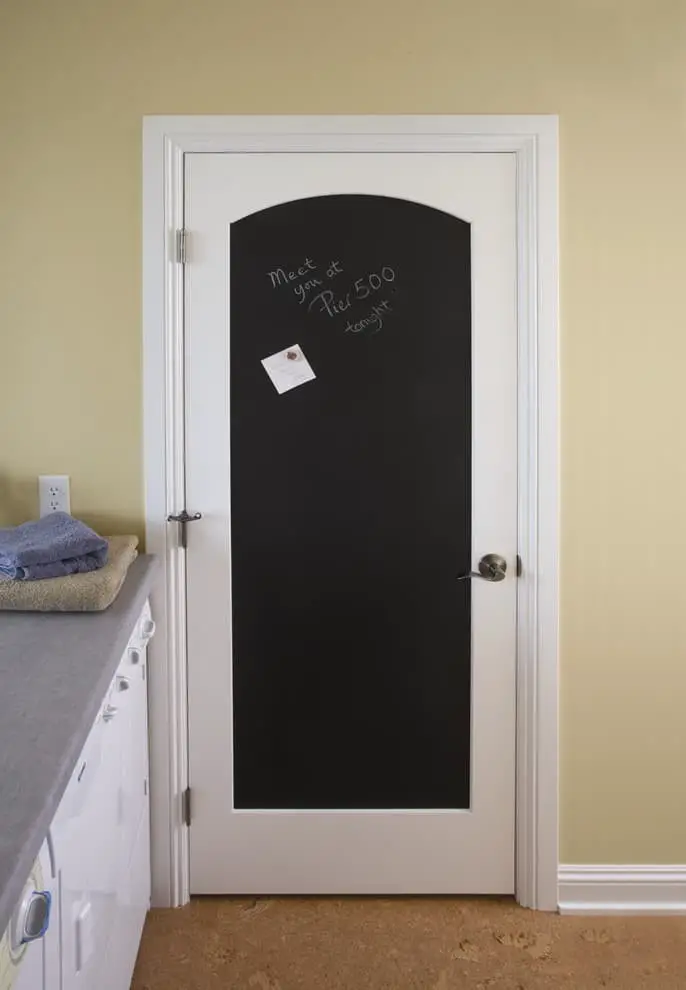
Installing a chalkboard door in your bathroom is an excellent way to inject fun and functionality into this often-overlooked space. This unique feature allows you to express yourself through art, jot down reminders or notes, or simply leave messages for family members. Chalkboard doors are particularly well-suited for kids who thrive on creativity and self-expression.
The benefits of chalkboard doors include their ability to foster a sense of playfulness and imagination, while also serving as a functional reminder space. Additionally, they can be a great way to add some personality to your bathroom’s design.
Of course, there are also some potential drawbacks to consider. For one, chalkboard doors can be messy, especially if you have kids who love to draw or write on them.
You’ll need to take steps to protect your floors and surfaces from any stray marks or spills. Furthermore, you’ll need to exercise caution when using chalk or erasers to avoid getting stains on your clothing.
If you’re still enthusiastic about the idea of a chalkboard door, there’s another option worth considering: painting your bathroom door with chalkboard paint.
This approach offers many of the same benefits as a traditional chalkboard door, but with the added flexibility of being able to easily clean up any messes and having more control over the overall aesthetic.
Curtains.
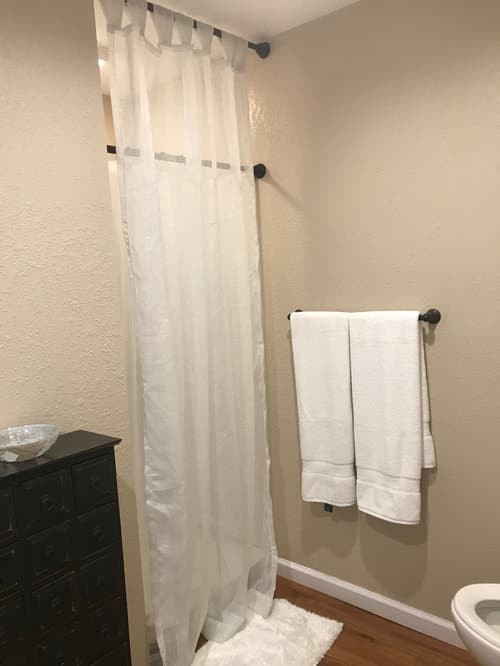
While traditional doors are effective, curtains offer a unique alternative that’s gained popularity in recent years. In the bathroom, for instance, curtains can provide an elegant solution to create a sense of privacy while still allowing natural light to filter in. The best part? They’re easy to open and close, making it simple to regulate ventilation. Beyond providing a private atmosphere, curtains also serve as a design element that can add a splash of color or pattern to the room.
This versatility allows homeowners to easily update their bathroom’s aesthetic without committing to a major renovation. When considering curtains as a bathroom door alternative, it’s essential to weigh the pros and cons. On the plus side, they can offer privacy, serve as a design focal point, and be crafted from various materials to suit your preferences.
However, it’s crucial to acknowledge that curtains may require more frequent cleaning than other door options to prevent dust and mold buildup. Additionally, their lifespan might be shorter compared to other door alternatives. In the end, if you’re seeking a stylish and functional solution for your bathroom, curtains are definitely worth considering.
Doors with In-Built Mirrors.
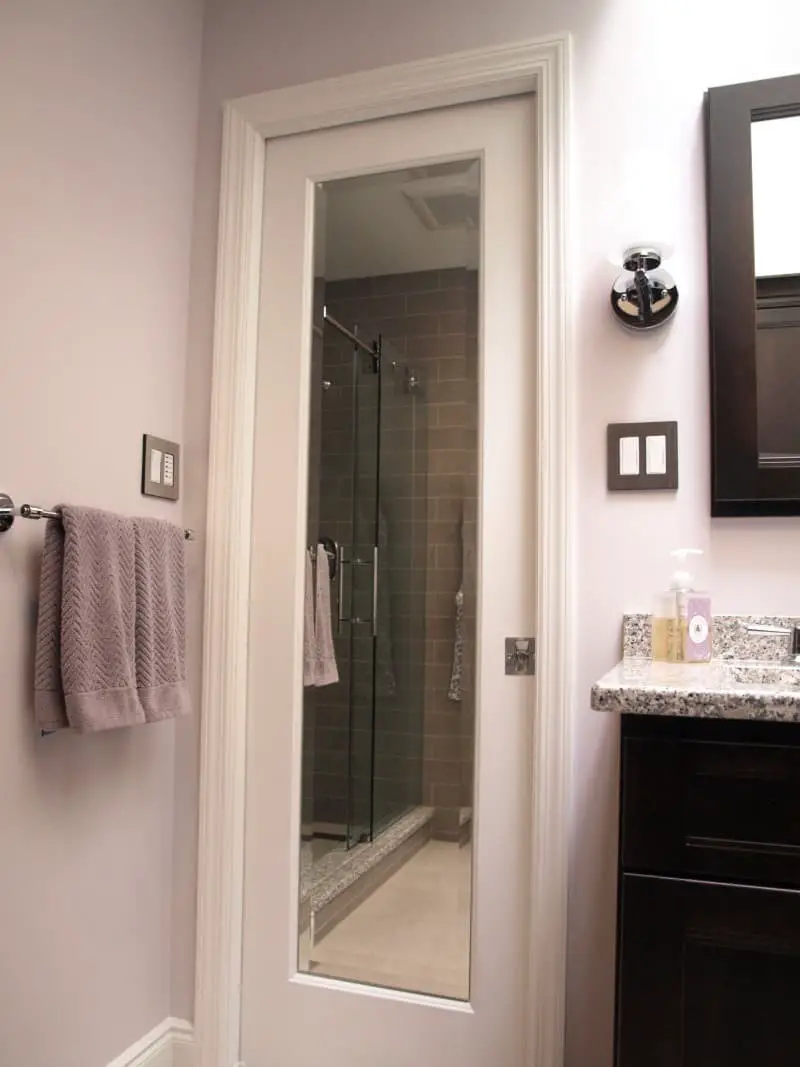
Having a door with an integrated mirror can offer numerous advantages. One major benefit is the space-saving design, eliminating the need for a separate mirror in your bathroom. This convenience factor is further amplified by the fact that you can effortlessly begin getting ready without having to physically move towards a standalone mirror. From a visual perspective, these doors can greatly enhance the overall aesthetic of your bathroom, making it appear more spacious and modern.
If you’re considering replacing your traditional door with one featuring an in-built mirror, there are a few key factors to keep in mind. Firstly, ensure that the door is constructed from high-quality materials that can withstand regular use without sustaining damage. Secondly, verify that the door’s seal is properly installed to prevent moisture buildup and subsequent fogging of the mirror.
Finally, confirm that the door has been correctly installed to guarantee a smooth opening and closing mechanism.
Fixed Bathroom Doors.
Fixed bathroom doors are a popular choice among homeowners due to their ease of installation and ability to provide privacy. While they can be an investment, they offer several benefits. To enhance security, consider installing a deadbolt lock or peephole that allows you to visually verify who’s outside before opening the door. These features can significantly improve the door’s resistance to forced entry.
When weighing the pros and cons of fixed bathroom doors, it’s essential to consider their limitations. While they offer more privacy than sliding doors, they cannot be left open for ventilation purposes, which may be a concern in humid climates. Additionally, fixed doors can be more challenging to clean due to dirt accumulation in the tracks. However, if your door features a clear glass panel, this issue is mitigated.
A final consideration is that fixed doors take up more space than their sliding counterparts, making them less suitable for small bathrooms. Ultimately, the decision between a fixed and sliding door depends on your specific needs and preferences.
Folding Doors.
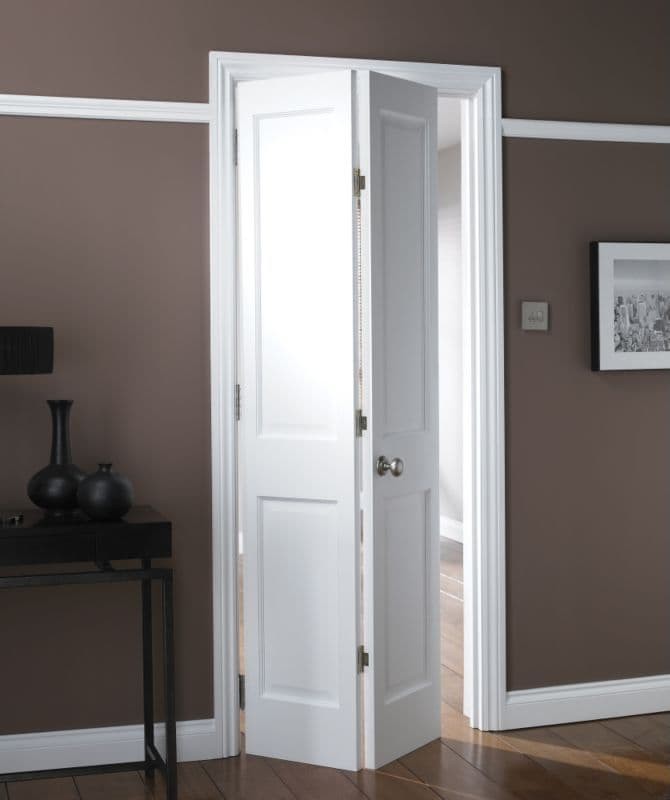
Folding doors offer a stylish and practical alternative to traditional swinging bathroom doors. By taking up less space, they’re ideal for small bathrooms where every inch counts. When not in use, they can be easily folded out of the way, freeing up valuable floor space. While folding doors do present some challenges when it comes to maintenance, their unique design can also provide a touch of sophistication to any bathroom décor.
However, it’s essential to consider both the benefits and drawbacks before making a decision. For instance, cleaning may require more effort, and they might not offer the same level of privacy as other door options. Ultimately, carefully weighing the pros and cons is crucial when considering folding doors for your bathroom.
French Doors.
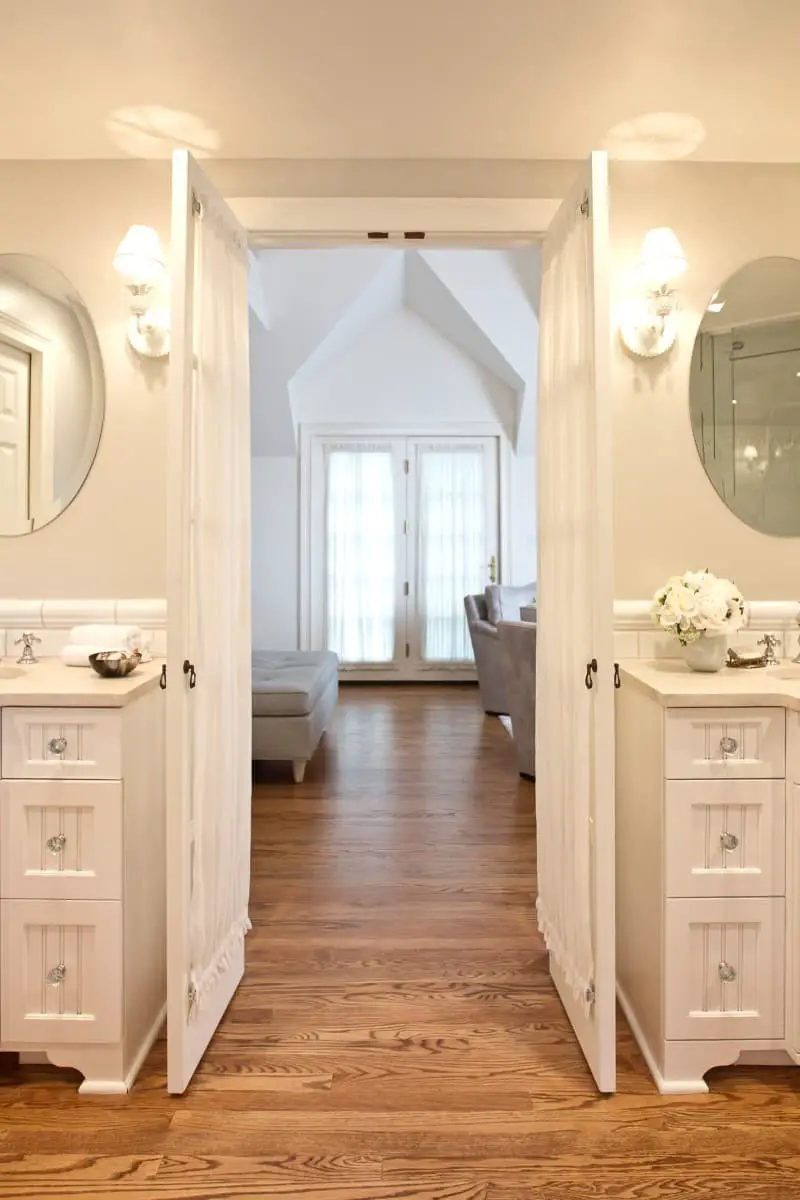
For an upscale alternative to traditional bathroom doors, consider French doors. These slender and tall fixtures bring an airy ambiance while maintaining privacy. You can even discover options with frosted glass panels that allow natural light in without compromising discretion. Just be mindful of the space constraints – nothing dampens the elegance of French doors like having to partially open them due to a sink or toilet’s presence.
The pros and cons of this design include: -They enable effortless airflow, preventing bathroom stuffiness. – They strike a balance between natural light and privacy. -However, they may come at a higher cost compared to standard doors. -Additionally, they demand more space for opening, which can be a concern in smaller bathrooms. -Finally, their soundproofing capabilities might not match those of solid doors.
Glass Panel Doors.
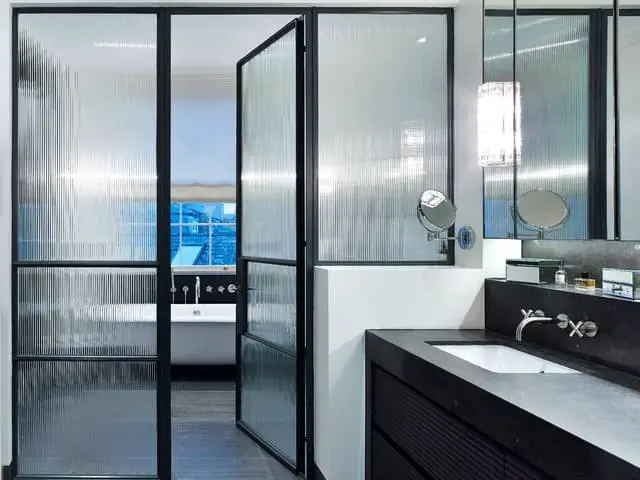
Glass panel doors bring a touch of sophistication and modernity to any space, making them an excellent choice for small rooms. The clean lines and transparent design create the illusion of more space, while the ease of cleaning is a major plus in high-traffic areas like bathrooms. However, their transparency may not be ideal for those seeking complete privacy.
When weighing the pros and cons, it’s essential to consider that glass panel doors can add an airy feel and natural light to a room, but they may also come with a higher price tag compared to other door types. Additionally, while easy to clean in theory, the delicate nature of glass panels means they require more care than solid doors. Lastly, their transparency can compromise privacy, making them less suitable for areas where secrecy is crucial.
Glass Partition.
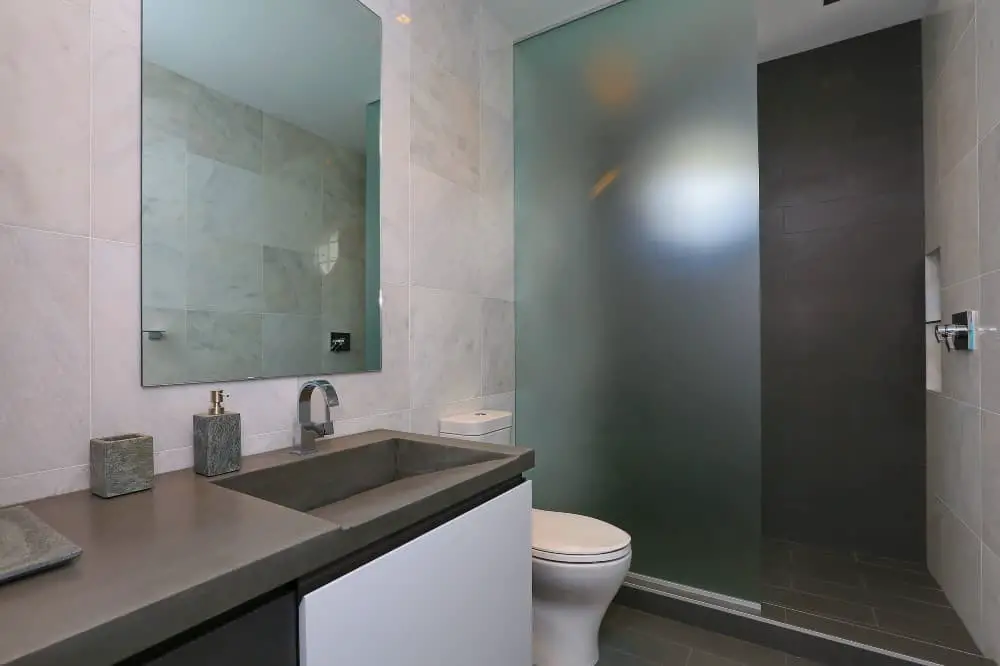
When it comes to bathroom door alternatives that balance privacy with style, glass partitions are a compelling choice. Their versatility allows them to seamlessly integrate into various design aesthetics, from modern and sleek to rustic and industrial. Additionally, their ease of cleaning and maintenance make them an ideal solution for busy households.
The advantages and disadvantages of glass partitions are worth considering:
On the plus side, they can create a sense of openness and airiness in the bathroom, while also making the space appear more spacious. However, one drawback is their potentially higher cost compared to other options. Furthermore, regular cleaning is necessary to prevent soap scum buildup, which may be a challenge for some homeowners.
Lastly, glass partitions may not be suitable for families with young children due to the risk of breakage.
Hidden Doors.
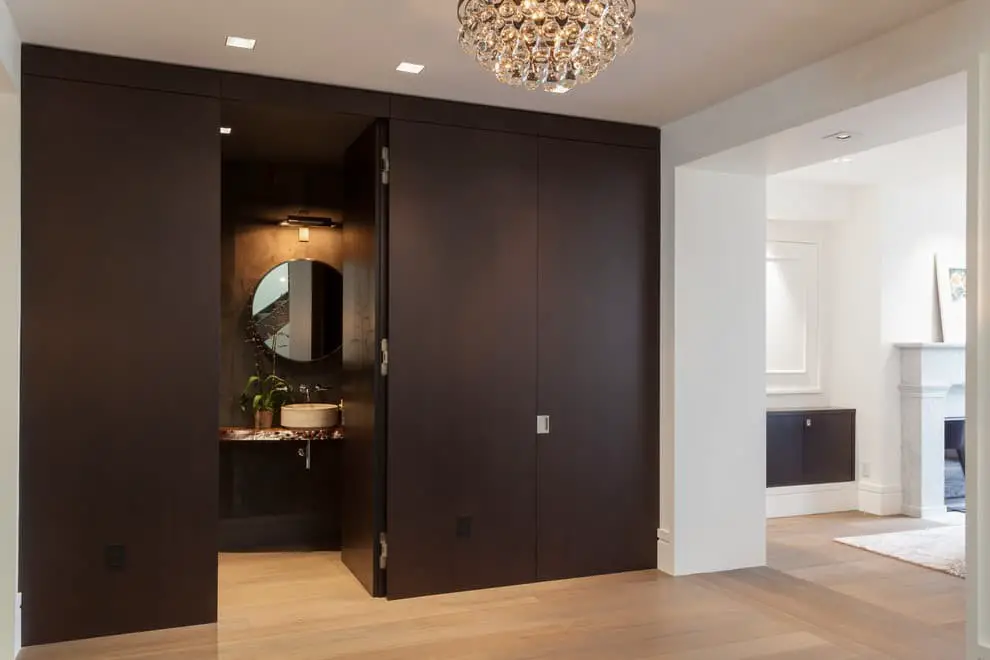
Hidden doors have a unique ability to elevate the mystique and intrigue of your living space. Whether used to create an enigmatic room or passage, or simply to infuse your décor with an air of exclusivity, they can be a game-changer for homeowners looking to add some personality to their property. With numerous types available, it’s likely you’ll find one that harmonizes with your style and needs.
The advantages of hidden doors include the capacity to introduce a singular design element, provide a discreet storage solution for valuable or sensitive items, and even present a challenge for potential intruders. However, some drawbacks to consider are the potential complexity of installation and maintenance, as well as the possibility that they may not be the most suitable choice for every home due to limitations in terms of security or accessibility.
Pocket Doors.
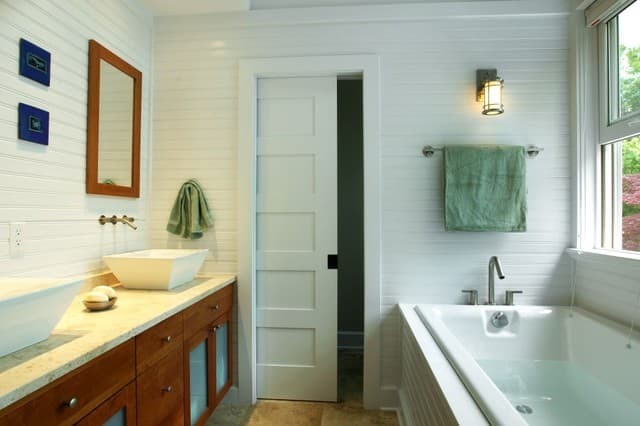
When it comes to modern bathroom door options, pocket doors are an excellent consideration. Not only do they provide a space-saving solution for small bathrooms, but they can also serve as a barrier between the bathroom and the rest of the house, making them particularly useful for households with young children or pets. Available in various materials such as wood, glass, and metal, pocket doors offer a range of design options to suit different tastes and styles.
One major advantage of pocket doors is their space-saving design. Unlike traditional swinging doors that require extra clearance when opening or closing, pocket doors slide open and closed without occupying additional floor space. This makes them an attractive option for bathrooms where every inch counts. From a visual perspective, pocket doors can also be more appealing than traditional doors.
Without hardware like door handles or hinges, they present a sleek, unobstructed surface that can enhance the overall aesthetic of your bathroom. However, it’s essential to weigh these benefits against some potential drawbacks. Pocket doors may come with a higher price tag compared to traditional doors, and they may require more maintenance in the form of regular track lubrication to ensure smooth operation.
Finally, pocket doors can be prone to getting stuck or jammed, which might not be ideal for homeowners seeking a low-maintenance door solution. Nevertheless, for those willing to invest in their functionality and appearance, pocket doors remain a compelling option for modern bathrooms.
Shoji Doors.
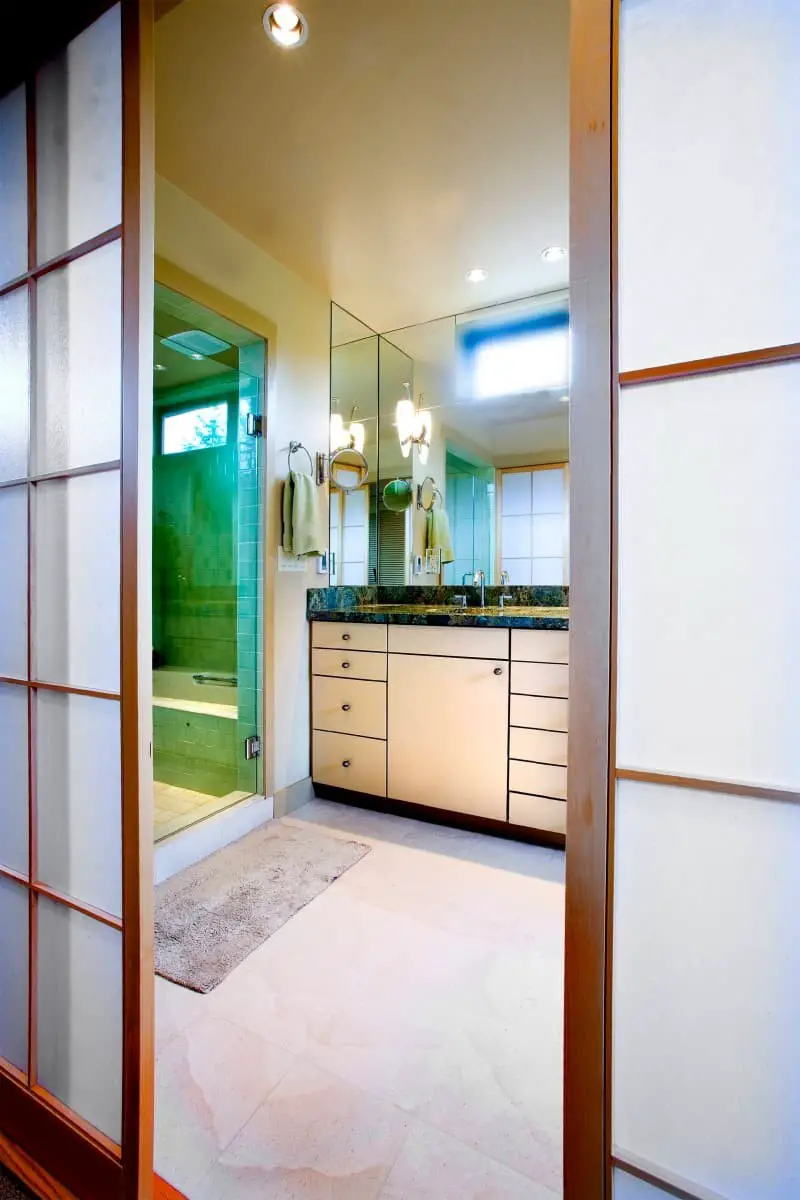
Shoji doors offer a unique blend of aesthetics and functionality, making them an attractive alternative to traditional Western-style doors. These sliding wooden panels with paper inserts allow for subtle control over the amount of natural light entering a room. While they can be installed without professional assistance, it’s essential to weigh the benefits against potential drawbacks.
On the plus side, Shoji doors bring a sense of harmony and balance to a space through their clean lines and understated design. The versatility of staining or painting them to match existing woodwork also makes them a great fit for homeowners looking to create a cohesive look. Additionally, their lightweight nature makes them easy to operate, even in tight spaces.
However, it’s crucial to consider the limitations of Shoji doors as well.
Their paper inserts are prone to damage from water or humidity, and over time, they may yellow or tear. Furthermore, their light weight means they might not provide the same level of privacy as a heavier door. If complete seclusion is desired, an alternative door type might be more suitable.
Ultimately, Shoji doors can be a beautiful and practical addition to any home, offering a unique balance between form and function.
FAQs
What can I use if I don’t have a bedroom door?
When it comes to creating a makeshift door, there are several creative solutions to explore. One option is to utilize a curtain or sheet by hanging it from the ceiling to cover the doorway. This simple yet effective solution provides a barrier against unwanted sounds and light. Alternatively, you can use furniture to block the doorway. Placing a dresser or chest of drawers in front of the opening creates an impermeable barrier that ensures your privacy.
The added benefit is that this method also helps to reduce noise and light pollution. If you have a door but it doesn’t fit properly, a wedge can be used to prop it open. By placing the wedge under the door, you’ll achieve a secure yet adjustable opening without having to hold the door in place. In addition, a piece of tape or string can be employed to tie the door open, allowing for precise control over the size of the opening.
This method ensures that the door remains open, giving you the desired level of privacy and quiet. These makeshift door solutions offer a range of creative ways to achieve a private and peaceful space, even without a traditional bedroom door.
Is it code to have a bathroom door?
While having a bathroom door might not be a straightforward requirement per se, building codes do dictate certain standards for commercial buildings regarding the number and accessibility of bathrooms. Specifically, they mandate that these facilities are usable by individuals with disabilities. While this isn’t necessarily about having a door specifically, it’s essential to consider the broader regulatory context when designing or renovating commercial spaces.
Conclusion
When it comes to bathroom doors, there are numerous alternatives to traditional options. Sliding doors, barn doors, pocket doors, and more can all serve as effective solutions. While each type has its unique advantages and disadvantages, the most suitable choice for your bathroom will ultimately depend on your individual requirements and preferences.
Related Posts
When it comes to bathroom remodeling, safety is a top priority, especially when designing walk-in tubs for the elderly. In fact, four key features can significantly enhance the overall safety of these tubs. These include carefully designed slip-resistant surfaces, grab bars strategically placed throughout the area, seat heights that cater to ease of use, and non-slip flooring that ensures stability while bathing.
In addition to walk-in tubs, designing a kitchen or bath space also requires understanding the latest trends and technologies in bathroom remodeling. For instance, current trends bridge the gap between luxury and functionality by incorporating smart appliances and sustainable materials into design. This can include features such as rain showerheads, heated floors, and LED lighting. Moreover, knowing how to increase the longevity of a bathroom renovation is crucial.
This involves careful planning and execution, including steps such as choosing durable materials, installing efficient fixtures, and selecting a suitable bath pillow that caters to individual needs.

